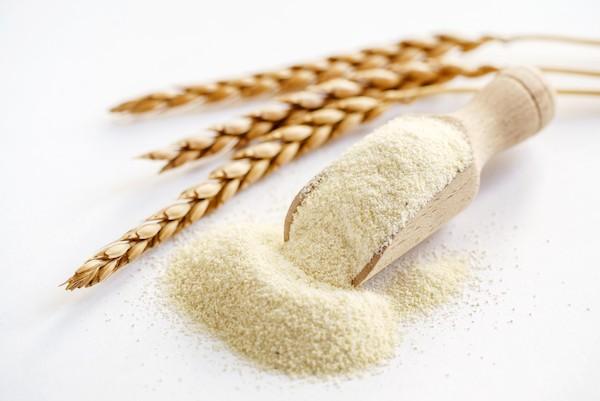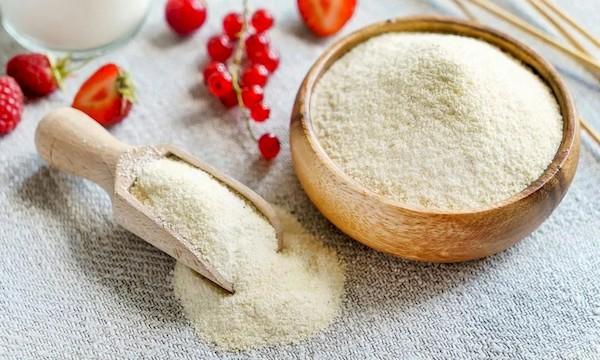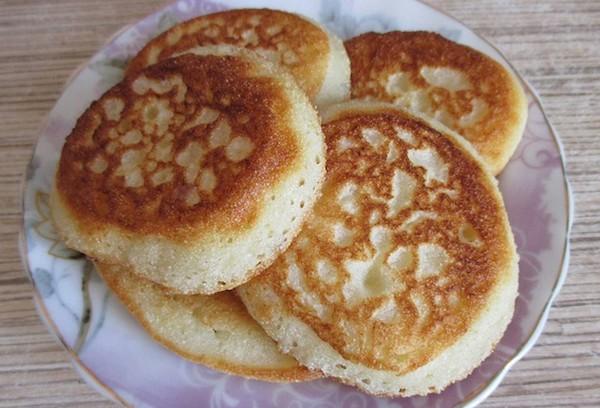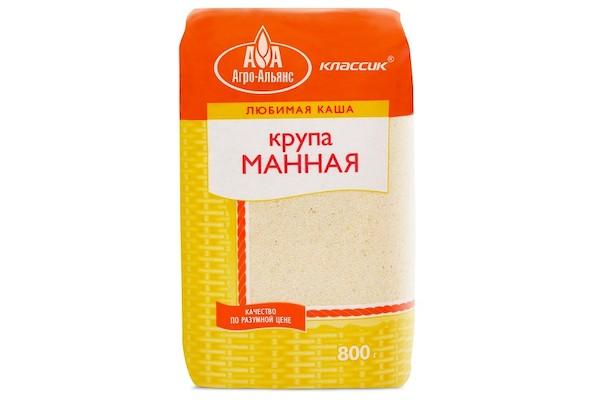What is semolina and what is it made from?
Surely everyone was fed semolina porridge in childhood, and this is not without reason: due to its properties, it is most beneficial for the child’s body. However, not everyone knows what semolina is made from and that it is not a separate type of cereal. What grain is semolina made from?

What is semolina made from?
Semolina is made from wheat grains by grinding them to particles 0.25-0.75 mm in size. That is why the nutritional compositions of this and wheat porridge have similar elements. However, not all of them are retained in their original quantity when it is cooked. Therefore, it is better to give preference to the original form of the product.
Interesting. The consistency of semolina porridge is due to the presence of gluten, which is found in large quantities in wheat grains.
What is contained in 100 grams of semolina?
Semolina is a real source of quick energy. The calorie content of the product is 333 kcal/100 g, and the amount of simple carbohydrates in it is 85%. In addition, the cereal contains 10 g of protein, 1 g of fat and 3.5 g of fiber per 100 g.
What vitamins and minerals are included in semolina porridge? Here is the most complete list of which nutrients it consists of, based on the daily requirement for an adult:
- B1 (thiamine) – 9.3%;
- B2 (riboflavin) – 2.2%;
- B5 (pantothenic acid) – 12%;
- B6 (pyridoxine) – 8.5%;
- B9 (folate) – 5.8%;
- vitamin E – 10%;
- PP – 15%;
- potassium – 5.2%;
- calcium – 2%;
- silicon – 20%;
- magnesium – 4.5%;
- phosphorus – 11%;
- iron – 5.6%;
- cobalt – 250%;
- manganese – 22%;
- copper – 7%;
- molybdenum – 16%;
- chromium – 2%;
- zinc – 4.9%.
Thanks to these components, semolina helps regulate metabolism, synthesize a number of hormones, collagen and hemoglobin; absorb amino acids and sugars in the intestines; support the function of the adrenal cortex; normalize the condition of the skin, gastrointestinal tract and nervous system; strengthen bone tissue; eliminate disorders in the reproductive system.
Important. The glycemic index (GI) of semolina is 80 units. Therefore, it is not recommended to use it frequently, and people with insulin resistance and high blood sugar levels should limit it as much as possible.
Types of semolina
Semolina can be of three types, depending on what cereal it was made from:
- durum wheat – semolina brand “T”;
- soft – brand “M”;
- mixed types of grain – brand “MT”, where the ratio of soft to hard is 80:20.
What nutritional value semolina will have depends on its type. Of course, the most useful option is the first category: semolina from durum wheat, where the grain is not cleaned and is taken with the husk. In the rest, the content of micro- and macroelements, protein and fiber is much less.
What is prepared from semolina - 10 popular dishes
Cereals can be used in almost any variation, whether it is prepared for a main meal or as an ingredient for dessert. However, they mainly cook only porridge from it. But what else can you make from semolina to surprise both yourself and your loved ones?
Here are a few recipes that are very easy to prepare, and the result is a real culinary masterpiece:
- Pancakes and pancakes made from semolina porridge.
- Lenten cookies.
- Semolina pie (manna) made with kefir.
- Tangerine dessert with semolina.
- Semolina halva.
- Turkey cutlets with semolina.
- Berry mousse.
- Semolina dumplings.
- Lenten bulk pie with apples.
- Dumplings made from cottage cheese and semolina with mango.
It is no secret that improvisation will not be superfluous in this case either. Sometimes replacing wheat flour or store-bought breading with semolina will make the dish much tastier.
Interesting. There is no gluten-free semolina as such. However, quite recently they learned how to create its analogue. For example, in health food stores you can find “manna”, which is made from buckwheat, corn or rice. In this case, the taste of a gluten-free product is obtained, indistinguishable from the real thing.
How to choose high-quality semolina porridge in the store
Choosing quality semolina is a step that should not be skipped. The taste, nutritional value, and safety of consumption depend on this.
When the buyer is directly in the store, it is worth visually inspecting the integrity of the packaging and its contents, if it is transparent. You need to make sure that the cereal is free of flour bugs and debris, and that its color is milky. The product itself is clean and does not contain dust. Its formation indicates that semolina is unsuitable for consumption. The presence of such is allowed by the standard only in relation to feed and technical varieties, which are darker in color and have a greater number of impurities.
At home, you should carry out one more test - for flowability. When you take a handful of semolina in your hand, it should not stick. If the quality of the product is good, the granules roll and lumps do not form in the cereal. If these characteristics are different, this means that the product was stored incorrectly, for example, in a room with a lot of moisture.



